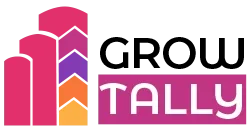The Hook-Line-Sinker framework is a classic copywriting technique designed to grab attention and persuade readers. This approach is incredibly powerful for social content writing, where competing for eyeballs is a constant challenge. Whether you’re crafting a viral Tweet, a compelling LinkedIn post, or a captivating Instagram caption, mastering this framework will transform your content. Let’s break it down some more.
What the Hook-Line-Sinker Framework Looks Like for Social Content

The Hook: Grabbing Attention
The hook is your make-or-break moment in the world of social content writing. With short attention spans and crowded feeds, getting noticed is key. Here’s how to create hooks that demand attention:
- Strong Headlines that Grab Attention
Where the platform allows it (e.g LinkedIn), your headline must be- Clear but Intriguing: “5 Quick Tips to Instantly Improve Your Social Content Writing”
- Keyword Focused: Include “social content writing” or related terms.
- The Right Length: Aim for headlines visible on most feeds.
- First Sentences that Demand to Be Read
- Address a Pain Point: “Tired of posting social content that gets ignored?”
- Promise a Solution: “Learn the simple formula for writing scroll-stopping captions.”
- Deliver a Surprise: “The #1 mistake most businesses make with social content (and how to fix it).”
The Line: Keeping Them Interested
Once you’ve hooked your audience with compelling social content writing, your goal is to keep them engaged. Here’s how:
- Deliver on the Promise: If your hook hints at secrets, provide them quickly!
- Structure is Your Friend: Use headings, lists, and short paragraphs to make content scannable.
- Word Power: Don’t just say “learn,” say “master” or “unlock.” Swap “good” for “transformative” or “game-changing.”
- Active Voice: Instead of “results can be seen,” write “we see the results.”
- The Power of Storytelling: Frame even short posts with a beginning (problem), a middle (solution), and an end (the result).
- Speak to Your Audience: Use their lingo and address their specific pain points.
- Visuals as Support: Break up text with images, gifs, or emojis where appropriate.
The Sinker: Driving Action
The sinker in your social content writing is the payoff – what do you want the reader to do after engaging with your post? Here’s how to leave them wanting more:
- The Explicit Ask
- “Click to read the full blog post”
- “Share your thoughts in the comments!”
- “Visit our website to learn more”
- Remove Obstacles: Make it easy! Provide direct links, seamless signup processes, etc.
- Create a Sense of Urgency
- “Limited-time offer: Sign up now”
- “This webinar fills up fast, save your spot!”
Specific Social Media Examples
- Twitter: The hook is your first sentence. It could be a stat, bold statement, or question.The line can follow with short punchy sentences. The sinker might be a link or a compelling thread preview
- Instagram: The hook can be your image (eye-catching, unusual) OR your caption’s opening line.
- LinkedIn: Your headline matters as much as the post itself. Lines deliver expertise and value. Sinker might be driving to your site OR encouraging insightful comments.
The Hook-Line-Sinker framework transforms generic social content writing into posts that resonate, engage, and ultimately help you achieve your business goals. Experiment, track your results, and adapt this framework to your unique brand voice.
Beyond the Hook-Line-Sinker Framework
While the Hook-Line-Sinker framework offers a powerful way to structure persuasive writing, it’s just one of several effective models. We discuss 3 common ones below;
- Monroe’s Motivated Sequence: This 5-step framework (Attention, Need, Satisfaction, Visualization, Action) uses the audience’s psychology to get at them
- Problem-Solution: A straightforward approach, emphasizing a problem and then presenting your solution.
- AIDA: Stands for Attention, Interest, Desire, and Action. This classic framework is common in advertising.
In future posts, we will delve deeper into each of these frameworks, exploring their unique strengths and applications. Need help improving your social content writing skills? Leave us a comment and we will direct you.





